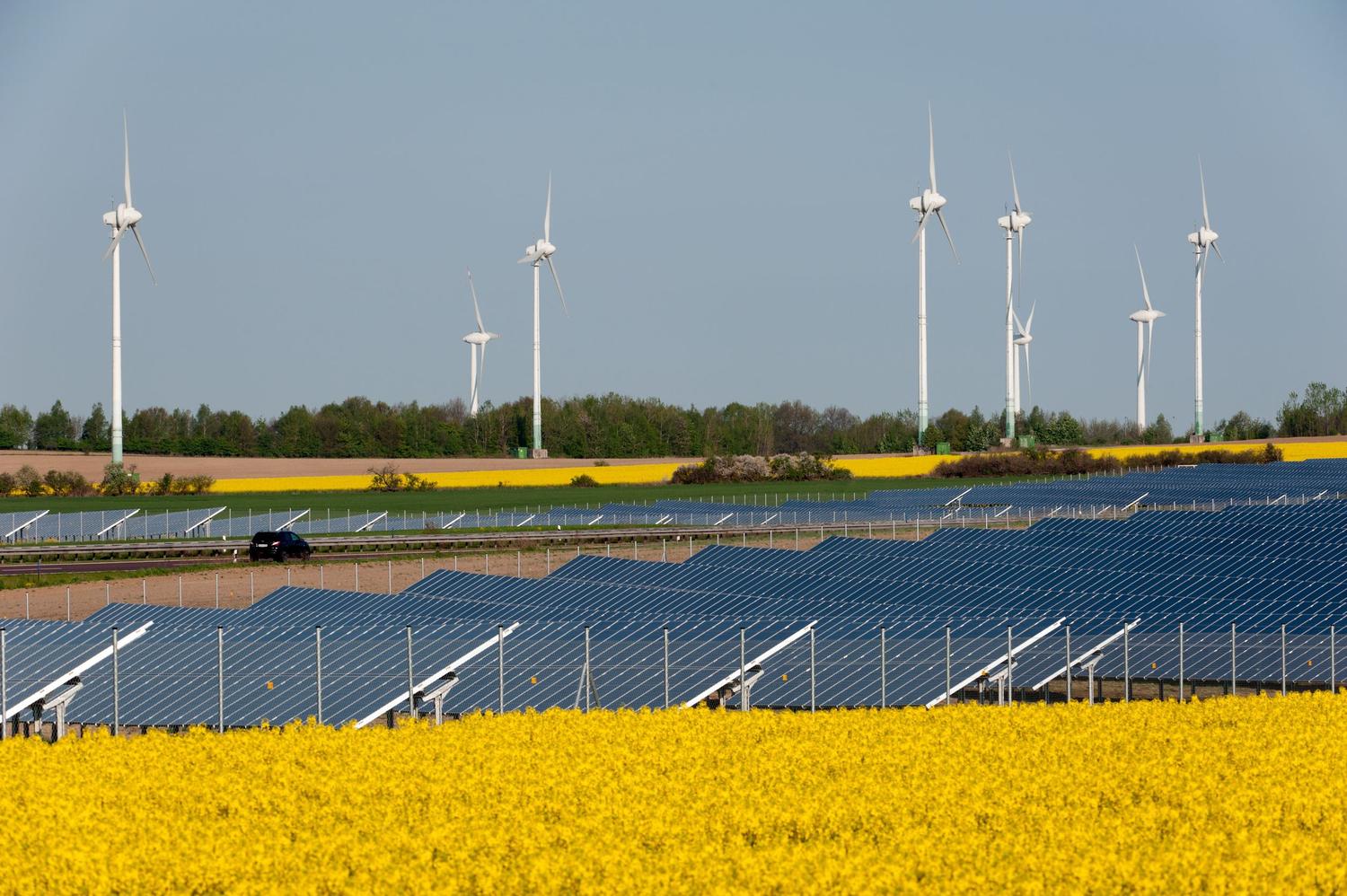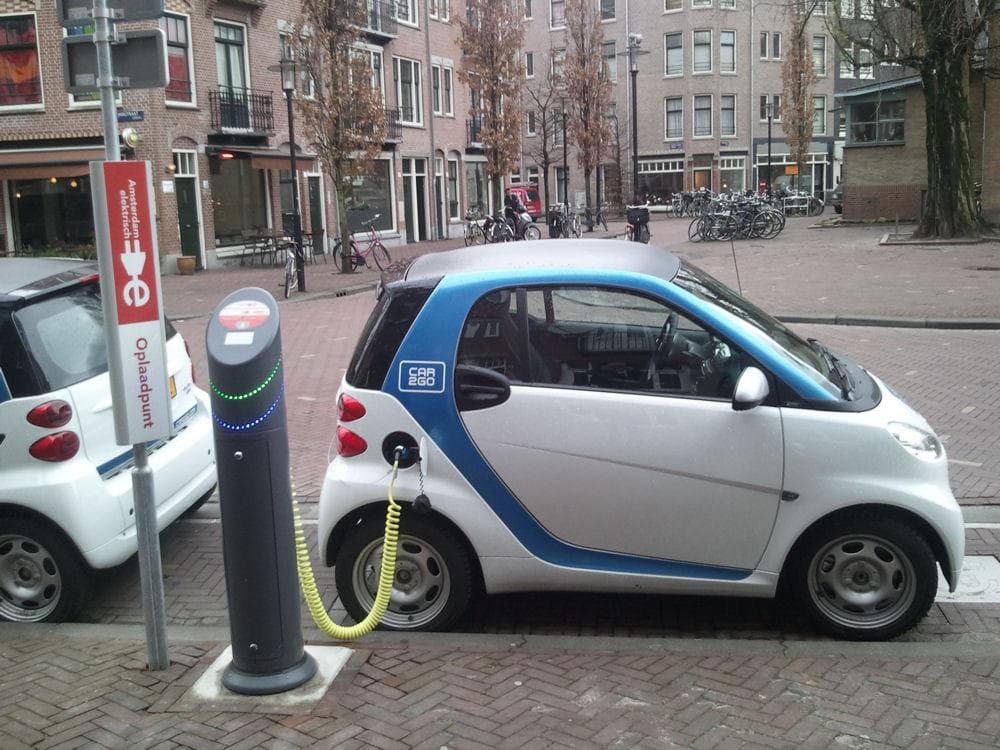Command economy is a system where the government takes the decision regarding goods production, process, quantity, and price in a country. In this system, the government also manages even income and investments. A Communist nation like the former Soviet Union, Cuba, North Korea work according to this system.
The US federal government, the UN and environmentalist organizations are attempting to use anthropogenic climate change, which they portray as a “crisis”, “emergency” or “existential threat” as justification to change the US economy from a demand pull economy to a command push economy. There is no broad consumer demand for a major federal government or international effort to halt or reverse the mild climate change which has occurred over the past 70 years. Climate science does not support the political description of climate change as a “crisis”, etc. Climate change is not among the top ten concerns among the US population according to ongoing polling. There is no demand pull in the US economy for the various approaches identified to address climate change, only command push.
The US Administration has rejoined the Paris Accords and then adopted a new Intended Nationally Determined Contributions (INDC) under the Accords. This INDC commits the US to reduce fossil fuel CO2 emissions by 50% from 2005 levels by 2030, achieve net zero emissions in the electricity sector by 2035 and net zero emissions throughout the economy by 2050.
The various aspects of this new INDC would require retirement and replacement of virtually all coal, oil and natural gas fueled electric power generation facilities with wind and solar generation and electric energy storage facilities by 2035. This compressed time frame would require extremely rapid expansion of both wind and solar generation and the immediate adoption of new, immature and extremely expensive storage battery technology. This would also result in the early retirement of existing, functioning fossil fueled generation assets and strand massive quantities of fossil fuel resources. The new investment requirements would include trillions of dollars of wind and solar generation facilities and tens of trillions of dollars of electricity storage facilities. These investments in the energy sector would result in dramatic increases in energy costs throughout the economy.
There is no demand pull in the US economy for wind and solar generation. Numerous federal and state programs provide financial incentives and generation preferences for wind and solar, since these incentives are required to offset the economic unattractiveness of the investments.
There are also proposals to terminate manufacturing of internal combustion engine light and medium duty vehicles by 2035 and to ban operation of such vehicles by 2050. There is little or no demand pull in the US economy for electric vehicles and massive federal and state incentives are required to support EV sales. Recent surveys have determined that many early EV adopters are trading their EVs for internal combustion engine vehicles for a variety of reasons.
Finally, several US cities have attempted to ban future installation of natural gas service to new residential and commercial buildings. There is no demand pull in the US economy for such a ban.
There is no official government estimate of the cost of achieving the new INDC, but unofficial estimates place the cost at approximately $100 trillion. There is no demand pull in the US economy for these extra investments and increased costs, thus requiring the intended command push approaches.

